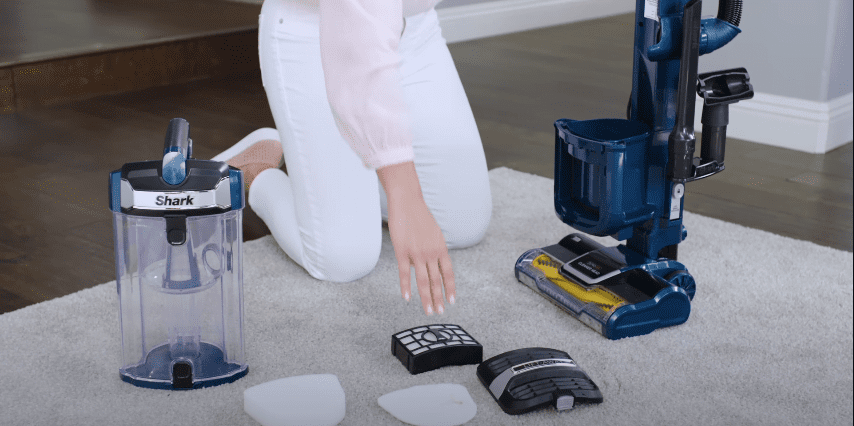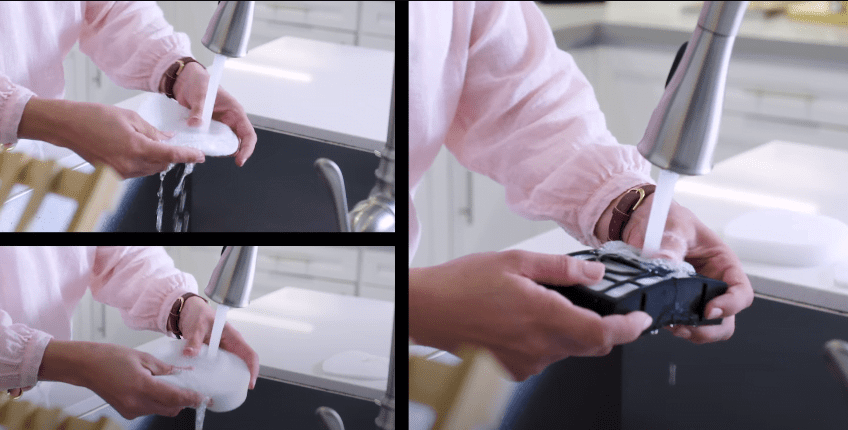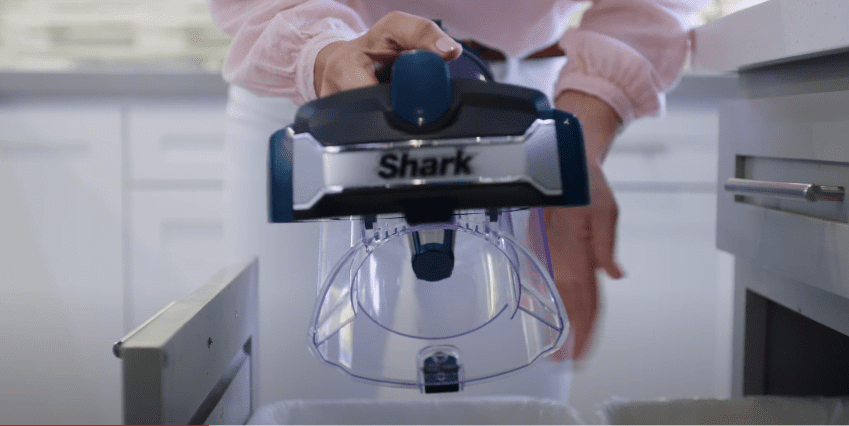Introduction to Vacuum Maintenance
Vacuum cleaners are essential tools for maintaining clean and healthy living spaces. Regular maintenance is crucial to ensure that your vacuum performs at its best and lasts for years. By following these advanced vacuum maintenance tips, you can extend the lifespan of your vacuum cleaner and maintain its optimal performance. Let’s explore the key aspects of effective vacuum maintenance.
Importance of Regular Maintenance
Regular maintenance of your vacuum cleaner goes beyond just cleaning up after use. It plays a vital role in preserving the efficiency and longevity of the machine. Neglecting maintenance can lead to decreased suction power, reduced cleaning performance, and even damage to essential components. By incorporating routine maintenance into your cleaning habits, you’ll not only enjoy better cleaning results but also save money on repairs and replacements.
Benefits of Extending Vacuum Lifespan
Extending the lifespan of your vacuum cleaner offers several benefits. Firstly, it ensures that you get the most value out of your investment. High-quality vacuum cleaners can be quite expensive, so maximizing their longevity is a wise choice. Additionally, a well-maintained vacuum delivers superior cleaning performance, effectively removing dirt, debris, and allergens from your surroundings. This contributes to a healthier and more comfortable indoor environment for you and your family.
Understanding Your Vacuum Cleaner
To effectively maintain your vacuum cleaner, it’s essential to understand its various types and components.
Types of Vacuum Cleaners
There are different types of vacuum cleaners available, each designed for specific cleaning needs:
Upright Vacuums
Upright vacuums are popular for their ease of use and powerful suction. They are well-suited for cleaning carpets and larger areas.
Canister Vacuums
Canister vacuums feature a separate canister and cleaning head connected by a hose. They are versatile and work well on both carpets and hard floors.
Robot Vacuums
Robot vacuums are autonomous devices that can navigate and clean your floors automatically. They are a convenient option for busy households.
Components of a Vacuum Cleaner

Understanding the components of your vacuum cleaner is crucial for effective maintenance.
Suction Mechanism
The suction mechanism is the heart of your vacuum cleaner. It pulls in dirt and debris from surfaces, requiring regular inspection and cleaning to maintain optimal performance.
Filters and Bags
Filters and bags play a significant role in trapping dust and allergens. Depending on the type of vacuum, you may have washable filters or disposable bags that need regular attention.
Brush Rolls and Beaters
Brush rolls and beaters agitate surfaces to loosen dirt and debris, making them crucial for effective cleaning. Regular maintenance ensures they function properly without causing damage.
Setting Up a Maintenance Routine
Establishing a maintenance routine ensures that you stay on top of your vacuum’s care.
Frequency of Maintenance Tasks
The frequency of maintenance tasks depends on factors like usage frequency and the type of vacuum you own. Regular tasks include emptying or changing the dustbin or bag, cleaning filters, and inspecting components.
Creating a Cleaning Schedule
Creating a cleaning schedule helps you stay organized and ensures that you don’t overlook maintenance tasks. Consider incorporating tasks into your weekly or monthly cleaning routine.
Essential Tools for Maintenance
Gather the necessary tools for maintenance, including a soft brush, cleaning cloths, and any specific tools recommended by your vacuum’s manufacturer.
Cleaning and Maintaining Filters
Filters play a crucial role in trapping dust and allergens, so proper maintenance is essential.
HEPA Filters: Importance and Functionality
HEPA filters are designed to capture even the tiniest particles, making them highly effective for allergy sufferers. Regular cleaning or replacement is vital to maintain their efficiency.
Cleaning Washable Filters

Washable filters can be cleaned with water and mild detergent. Allow them to dry completely before reinstalling to prevent mold growth.
Replacing Disposable Filters
Disposable filters should be replaced according to the manufacturer’s recommendations. Using outdated filters can negatively impact your vacuum’s performance.
Maintaining Brush Rolls and Beaters
Brush rolls and beaters play a crucial role in agitating surfaces for effective cleaning.
Removing Tangled Debris
Regularly check the brush roll for tangled hair, strings, or debris. Clean them out to prevent strain on the motor and ensure optimal performance.
Checking for Damage
Inspect the brush roll and beaters for signs of wear or damage. Replace them if they show excessive wear to avoid damaging your floors.
Lubrication and Maintenance
Some brush rolls and beaters may require occasional lubrication to ensure smooth operation. Refer to your vacuum’s manual for specific recommendations.
Ensuring Optimal Suction Power
Suction power is vital for effective cleaning, and maintaining it requires attention to certain areas.
Clearing Blockages in the Vacuum Path
Regularly check for blockages in the vacuum’s hoses, nozzles, and other pathways. Blockages can reduce suction power and strain the motor.
Emptying the Dustbin or Bag

A full dustbin or bag can impede suction and reduce cleaning efficiency. Empty it before it’s completely full to maintain optimal suction power.
Addressing Common Issues
Even with proper maintenance, vacuum cleaners can face issues that require troubleshooting.
Loss of Suction Power
If you notice a significant loss of suction power, check for blockages, clean filters, and ensure the dustbin or bag is not full.
Strange Noises
Unusual noises can indicate obstructions, a damaged brush roll, or worn components. Inspect and address the issue promptly to prevent further damage.
Foul Odors
Foul odors may arise from a clogged filter or stagnant debris in the vacuum. Clean or replace filters and empty the dustbin to eliminate odors.
Frequently Asked Questions (FAQs)
Q1: How often should I clean or replace the filters?
A1: Washable filters can be cleaned every 1-3 months, while disposable filters should be replaced as recommended by the manufacturer.
Q2: Can I use my vacuum on hardwood floors?
A2: Yes, many vacuums are designed for multi-floor use. However, ensure your vacuum has adjustable settings or attachments suitable for hardwood floors.
Q3: My vacuum is making a whining noise. What could be the issue?
A3: Whining noises might indicate a blockage, a damaged motor, or a worn belt. Inspect and troubleshoot the source of the noise.
Q4: Can I lubricate the brush roll with any household oil?
A4: It’s best to use lubricants recommended by the manufacturer to avoid damage. Check your vacuum’s manual for guidance.
Q5: How can I prevent mold growth on washable filters?
A5: Ensure that washable filters are completely dry before reinstalling them. Store them in a dry, well-ventilated area.
Conclusion
Regular maintenance is the key to extending the lifespan of your vacuum cleaner and ensuring its optimal performance. By understanding your vacuum’s components, setting up a maintenance routine, and addressing common issues, you can enjoy efficient cleaning results for years to come. Remember to refer to your vacuum’s manual for specific maintenance instructions and recommendations from the manufacturer.
